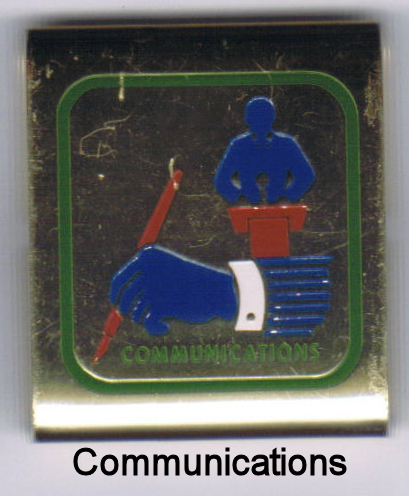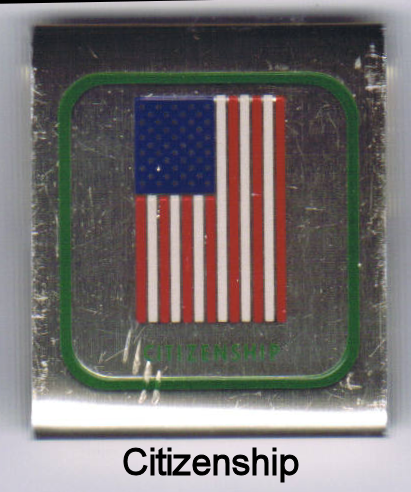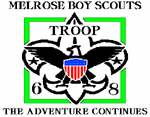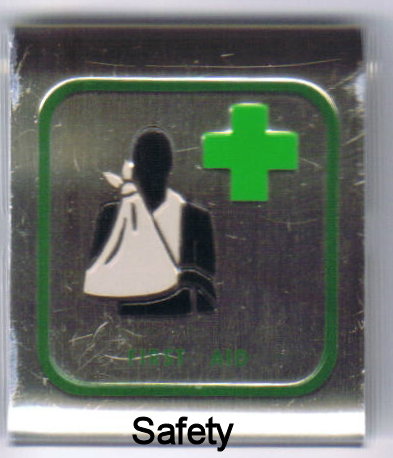 The First Aid Skill Award was required for the Second Class Rank back in the 1970’s through the 1980’s, which meant that most Boy Scouts earned this belt loop. It covered basic first aid skills. Many of these requirements ended up somewhere in the new rank requirements of 1989. The First Aid Skill Award requirements were:
The First Aid Skill Award was required for the Second Class Rank back in the 1970’s through the 1980’s, which meant that most Boy Scouts earned this belt loop. It covered basic first aid skills. Many of these requirements ended up somewhere in the new rank requirements of 1989. The First Aid Skill Award requirements were:
1) a. Explain what first aid is. Tell how to act in case of an accident.
b. The dangers of moving a badly injured person.
c. Tell the best way to get medical help quickly. Show that you keep the names, addresses, and phone numbers for mediacl help were you can find them quickly.
2) a. Show how to treat shock.
b. Show what to do for “hurry cases” of serious bleeding, stopped breathing, interna; poisoning, heart attack.
3) Show first aid for the following cases: burns and scalds, blisters on feet, bites or stings of insects, chiggers, ticks, bites of snakes and mammals, skin poisoning, sprained ankle, object in eye, nosebleed.
4) Explain first aid for puncture wounds from splinter, nails, or fishhook.
5) Use a bandage to hold a dressing in place on the head, hand, knee, and foot.
6) Make an arm sling.
7) Tell the five most common signs of a heart attack. Tell what action you should take.
By the way, depending on when you earned the skill award, you may have gotten a belt loop with a red cross or a green cross.
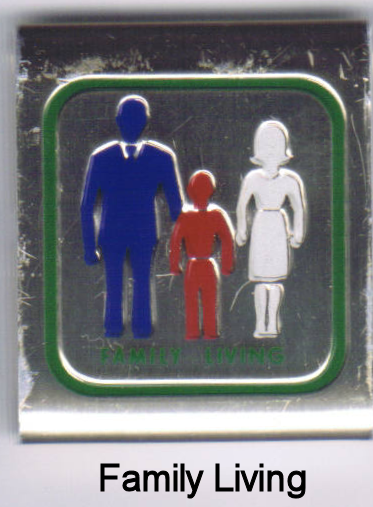
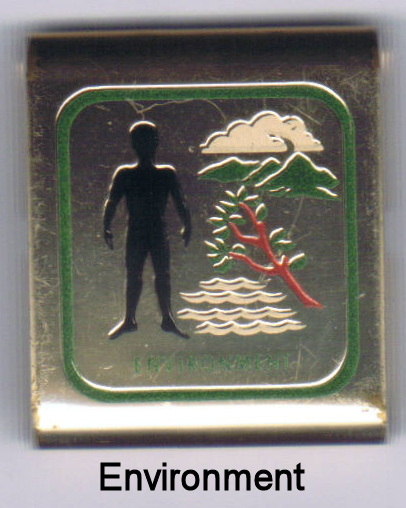 After six skill awards that began with the letter C (which is half of them, by the way) we arrive at the Environment Skill Award. Some of these requirements made it to the new rank requirements in the late 1980’s. Some of them almost seemed like they were preparing the Boy Scout for some of the environmental themed merit badges. Here are the requirements:
After six skill awards that began with the letter C (which is half of them, by the way) we arrive at the Environment Skill Award. Some of these requirements made it to the new rank requirements in the late 1980’s. Some of them almost seemed like they were preparing the Boy Scout for some of the environmental themed merit badges. Here are the requirements:


